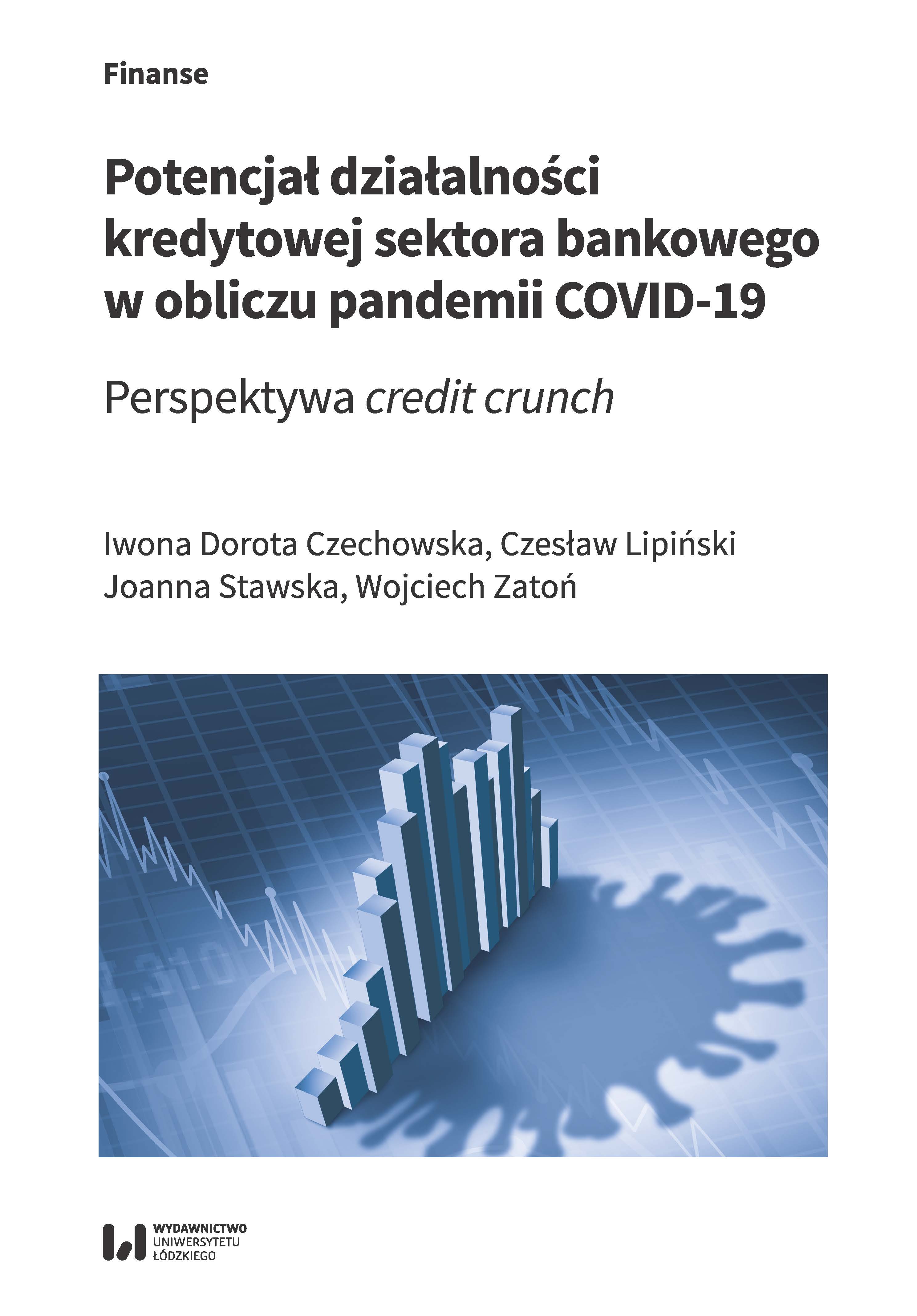Potencjał działalności kredytowej sektora bankowego w obliczu pandemii COVID-19. Perspektywa credit crunch
The Potential of the Banking Sector Lending in the Face of the COVID-19 Pandemic. Credit-crunch Perspective
Author(s): Iwona Dorota Czechowska, Czesław Lipiński, Joanna Stawska, Wojciech Zatoń
Subject(s): Economy, Financial Markets
Published by: Wydawnictwo Uniwersytetu Łódzkiego
Keywords: fiscal burdens; banking sector regulations; loans; non-performing loan; interest rates; capital adequacy; COVID-19; credit-crunch
Summary/Abstract: The main purpose of the study is to analyze credit availability. New premises related to the change in the conditions of operation of economic entities following the outbreak of the COVID-19 pandemic prompted the taking up of this topic. In mid-2020, the following phenomena were observed in Poland, for the first time since 2009: a decrease in the credit debt of the non-financial enterprise sector, greater than during the global financial crisis, a declaration of the banking sector regarding a tightening of lending policy. In such circumstances, the question arose about the possibility of excessive reduction of credit supply by banks in connection with the effects of the COVID-19 pandemic. The effects of the pandemic increase the likelihood of problems related to timely debt service. The trend of limiting the supply of credit is known as the credit crunch. Answers to the research question whether there is a risk of credit crunch in Poland were searched for on the basis of a literature review and empirical research. Considering the great importance of corporate credit financing for their investment activity, the importance of credit availability is particularly important in times of crisis. The conclusions resulting from the presented analytical material provide the basis for the conclusion that the credit crunch phenomenon does not occur in Poland. The theoretical considerations and empirical analysis of lending activity in Poland showed that the concerns about the collapse on the loan supply market have not been confirmed. The situation of the banking sector in mid-2021 looked quite optimistic in the short term (apart from the unresolved issue of housing foreign currency loans and its consequences), but in the long term, an important role will be played by the diagnosed trap of low structural credit availability and the chronically weak crediting of the Polish economy. Combined with the low profitability of the sector, resulting mainly from high fiscal burdens, this will be an important factor hampering the development of the banking sector in Poland. Changing this state requires a significant revision and consistent implementation of the economic strategy for Poland through the intensification and promotion of investment projects. On the other hand, a rational (e.g. flexible depending on the economic situation) approach to the fiscal burden on the banking sector is desirable.
- E-ISBN-13: 978-83-8220-778-1
- Print-ISBN-13: 978-83-8220-777-4
- Page Count: 152
- Publication Year: 2022
- Language: Polish
- eBook-PDF
- Table of Content

